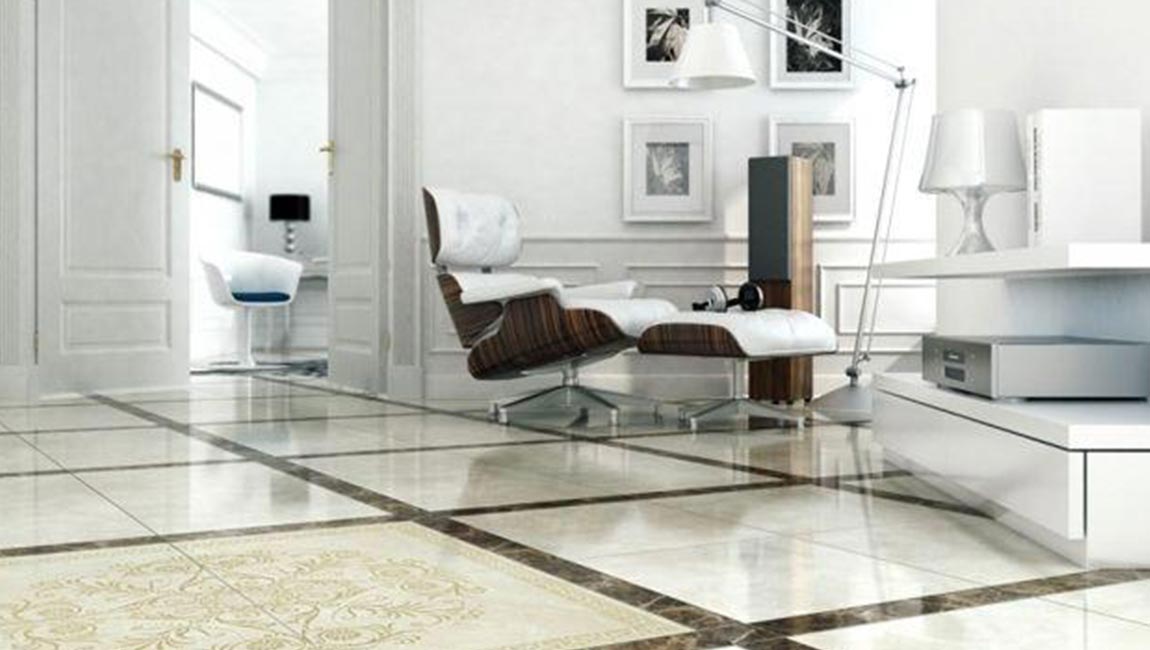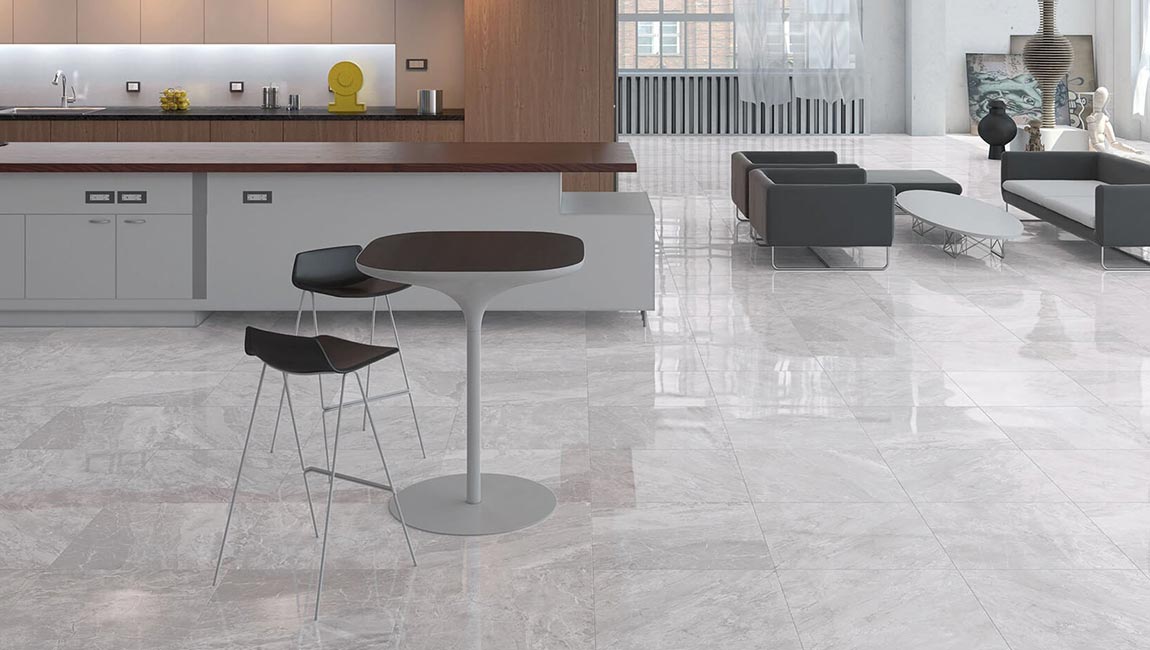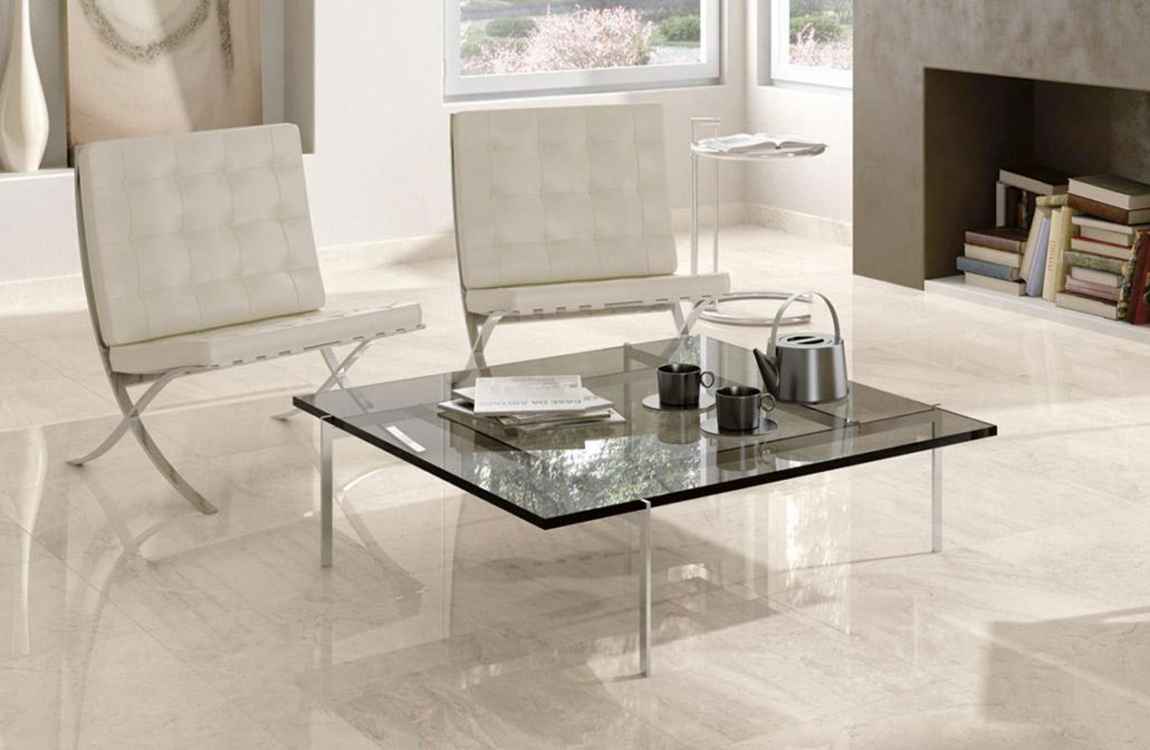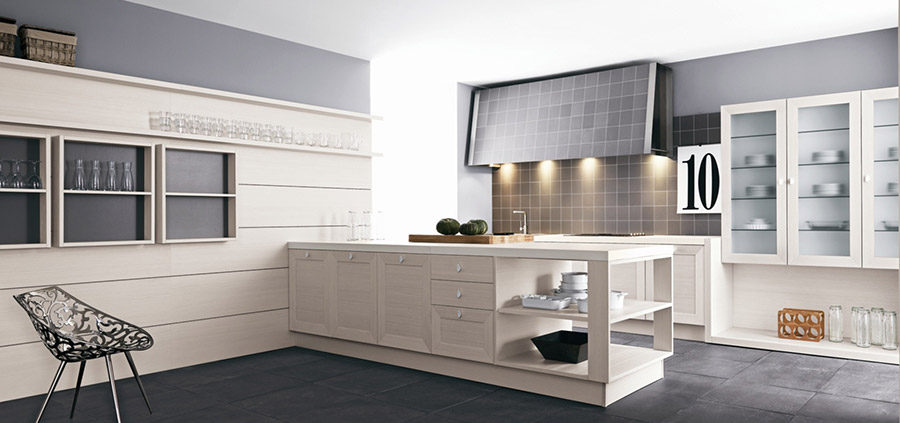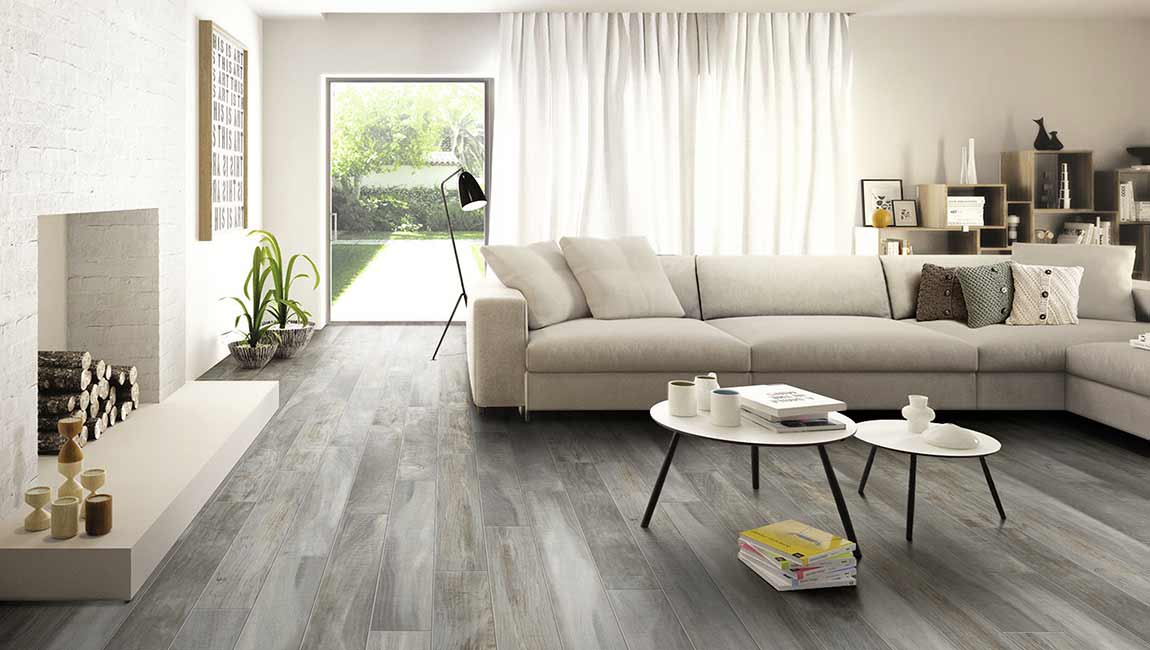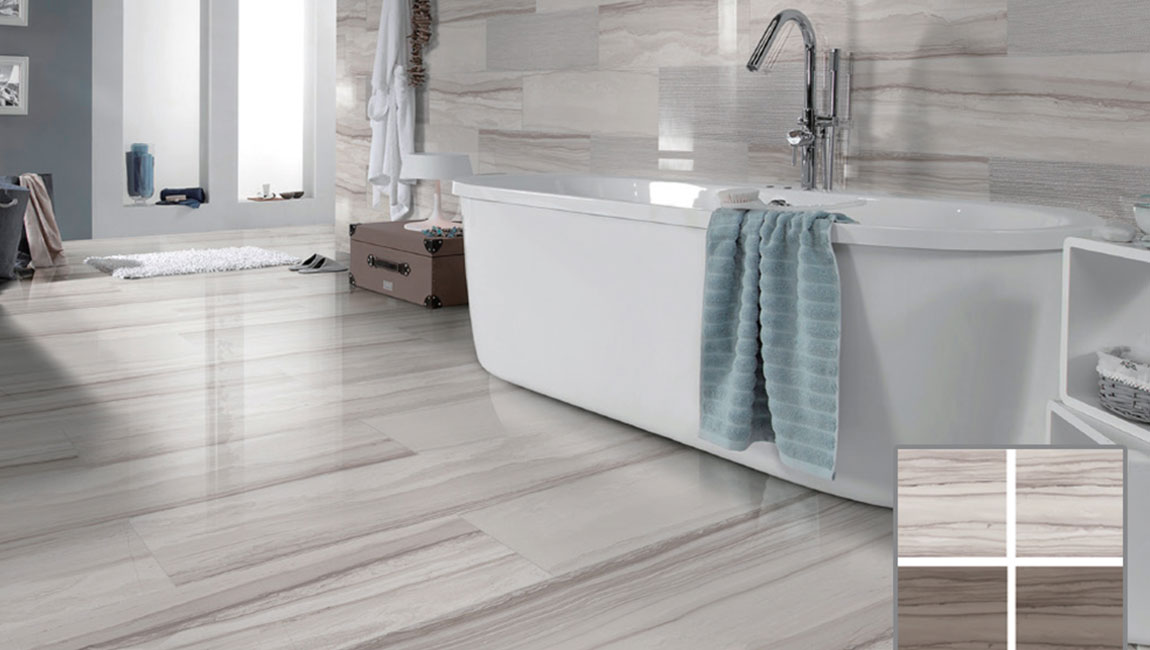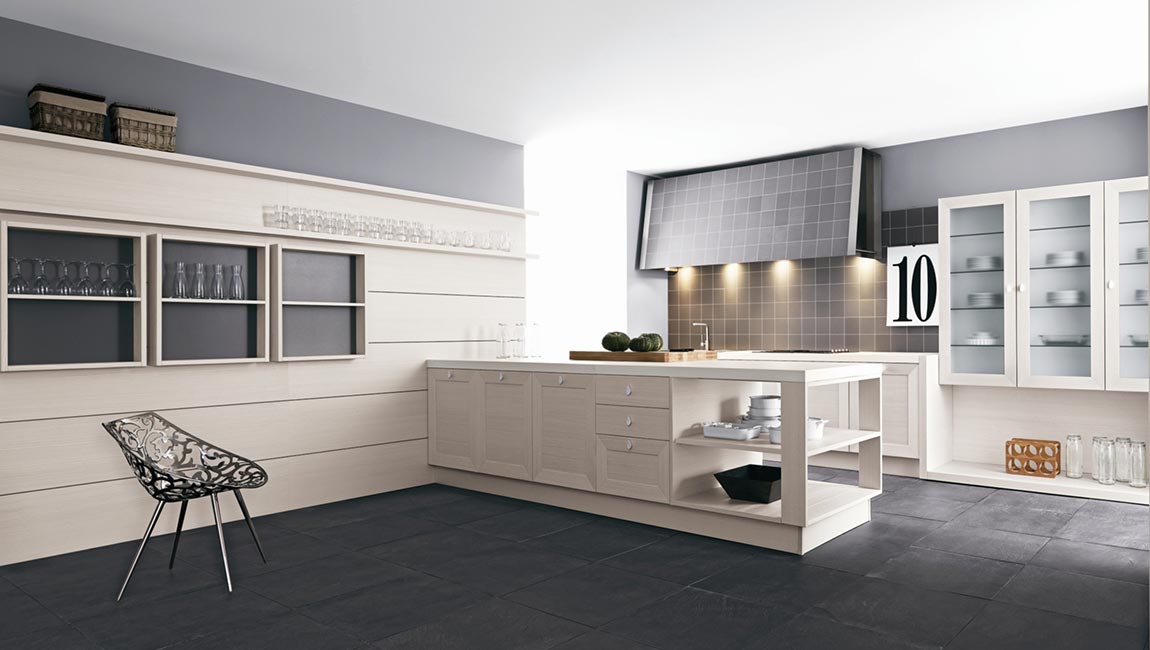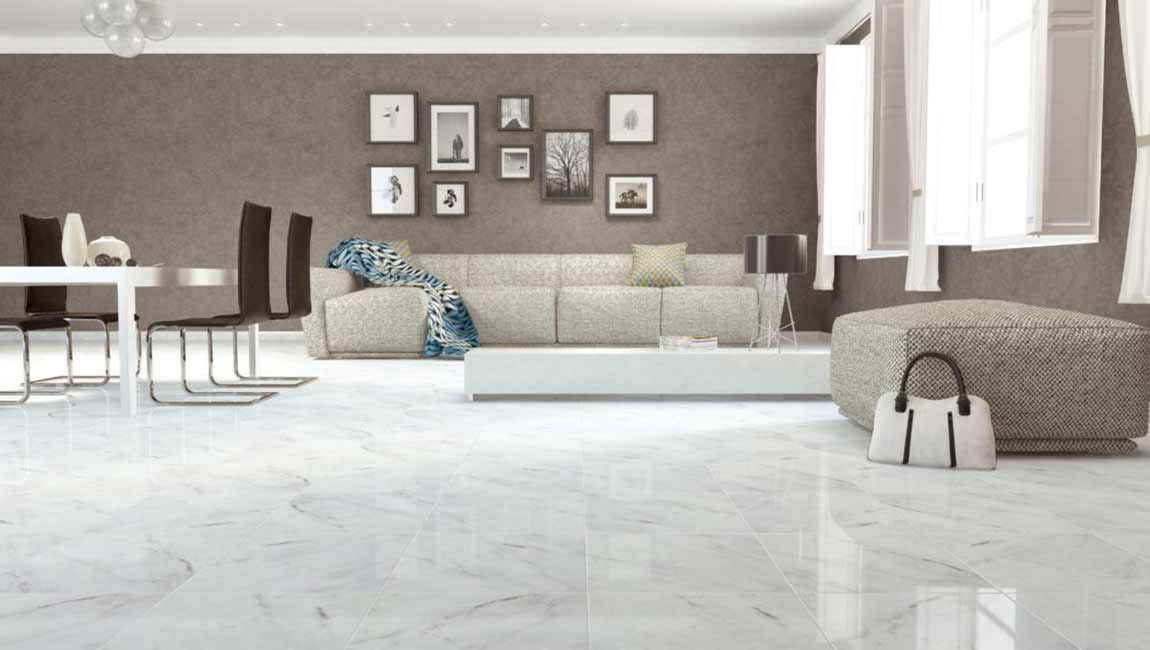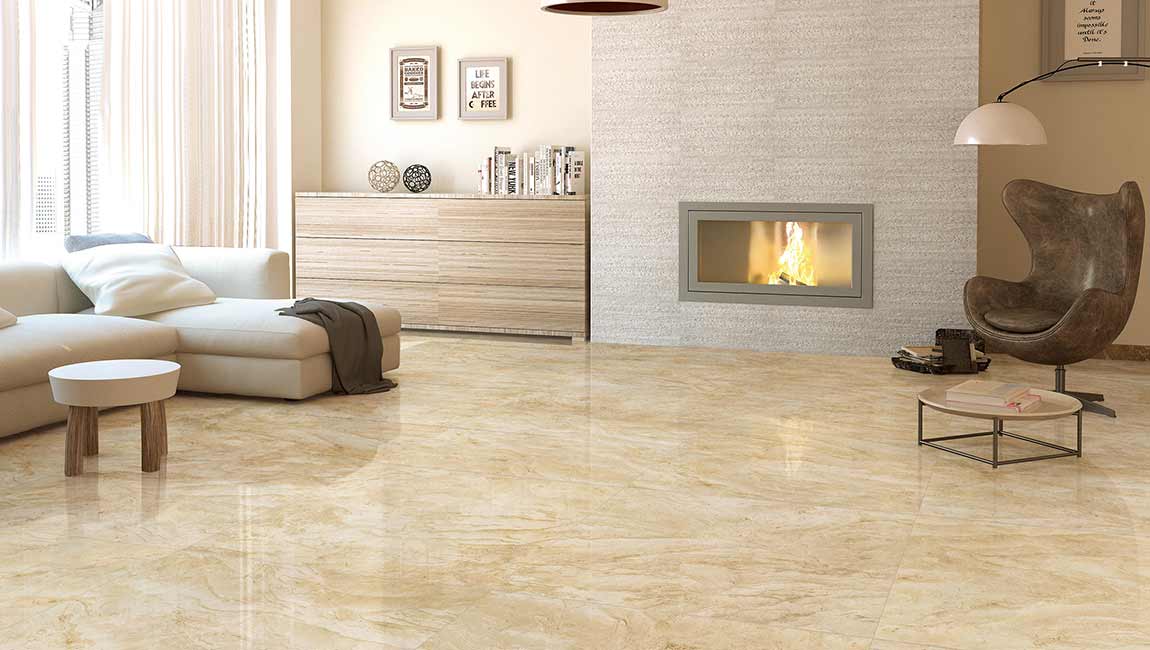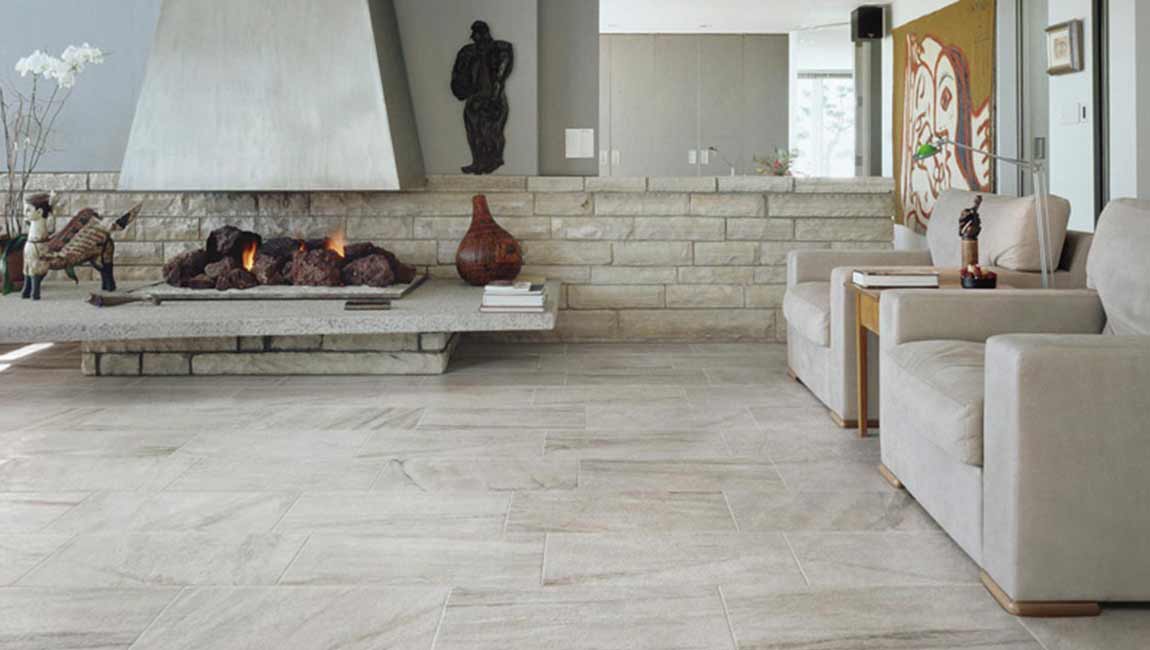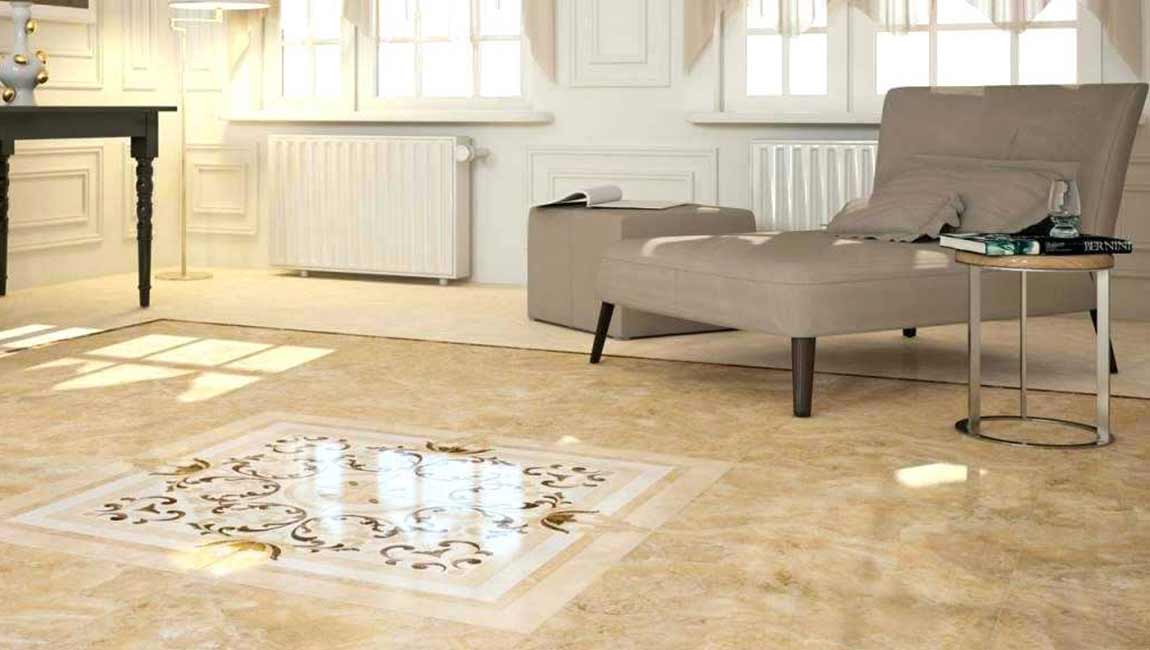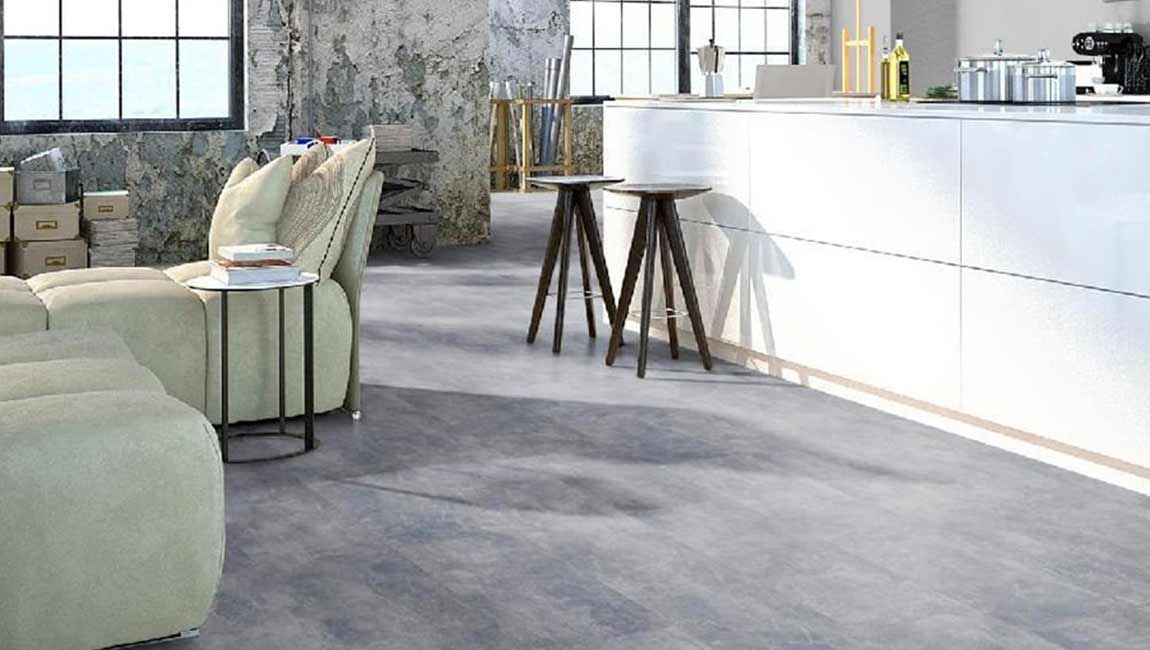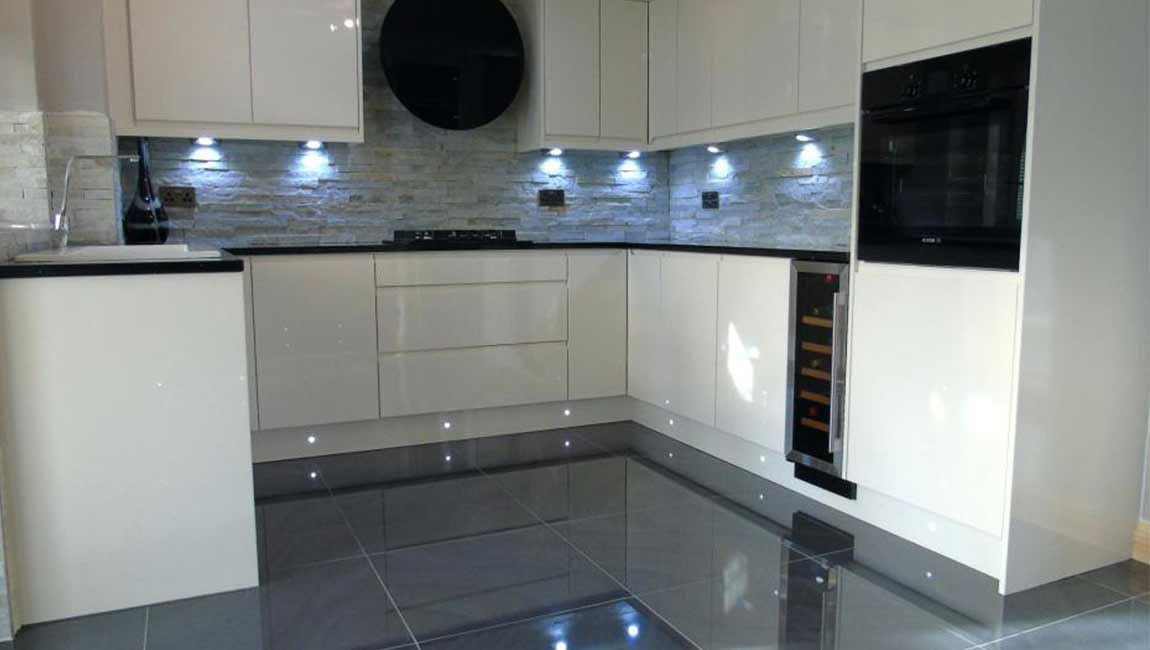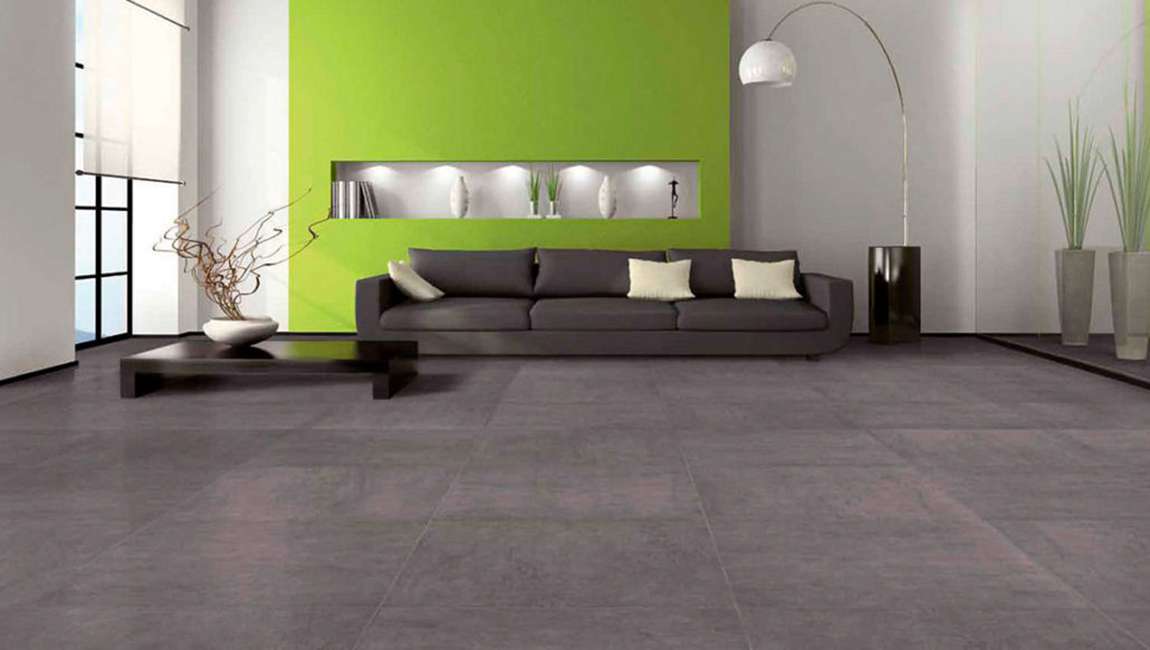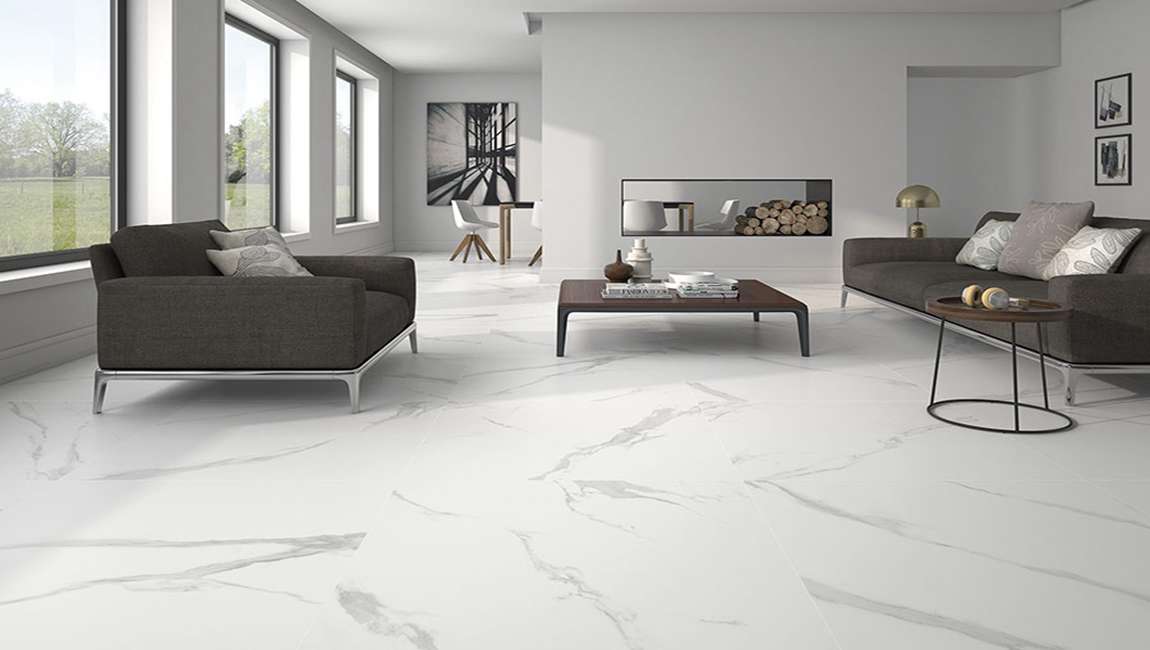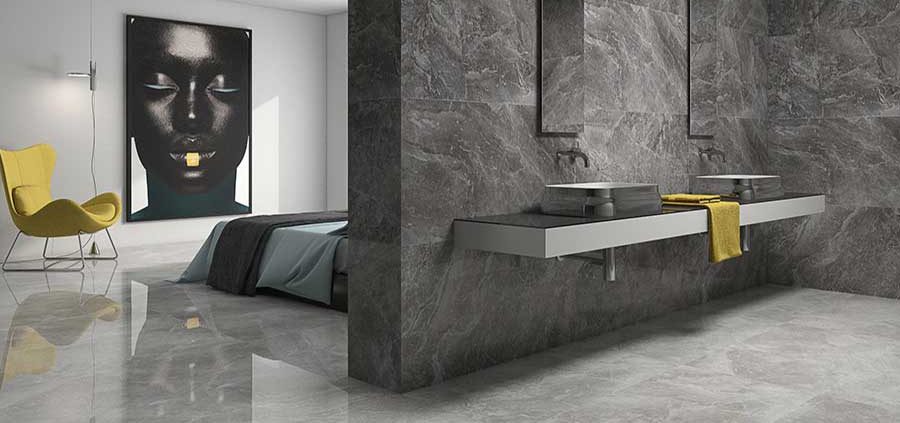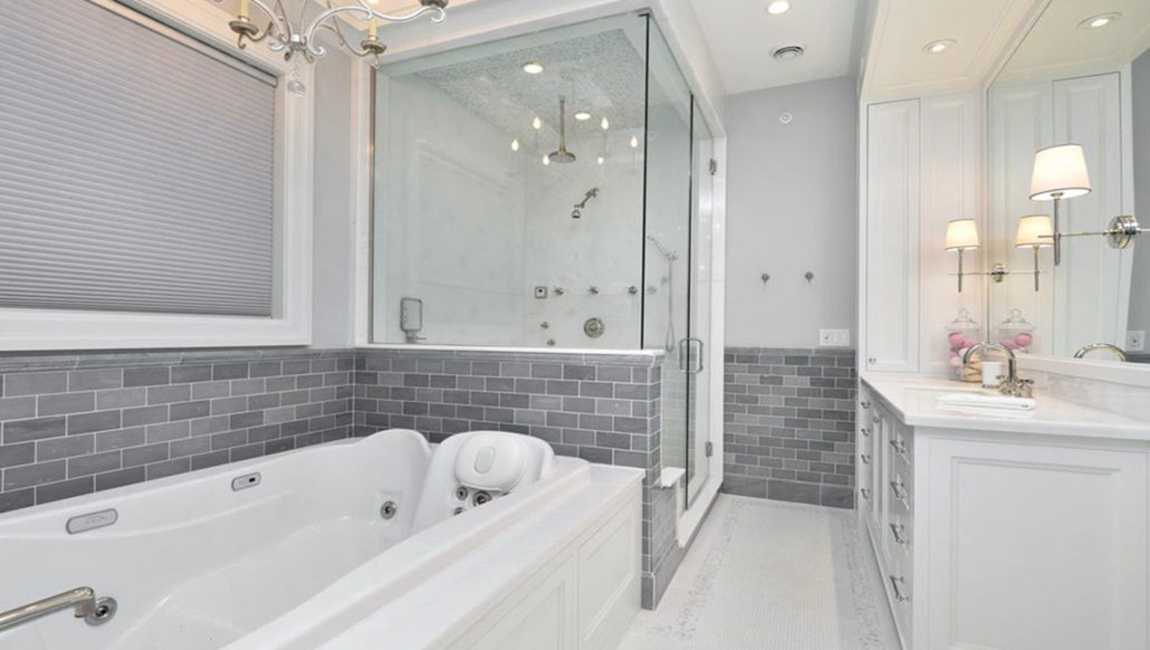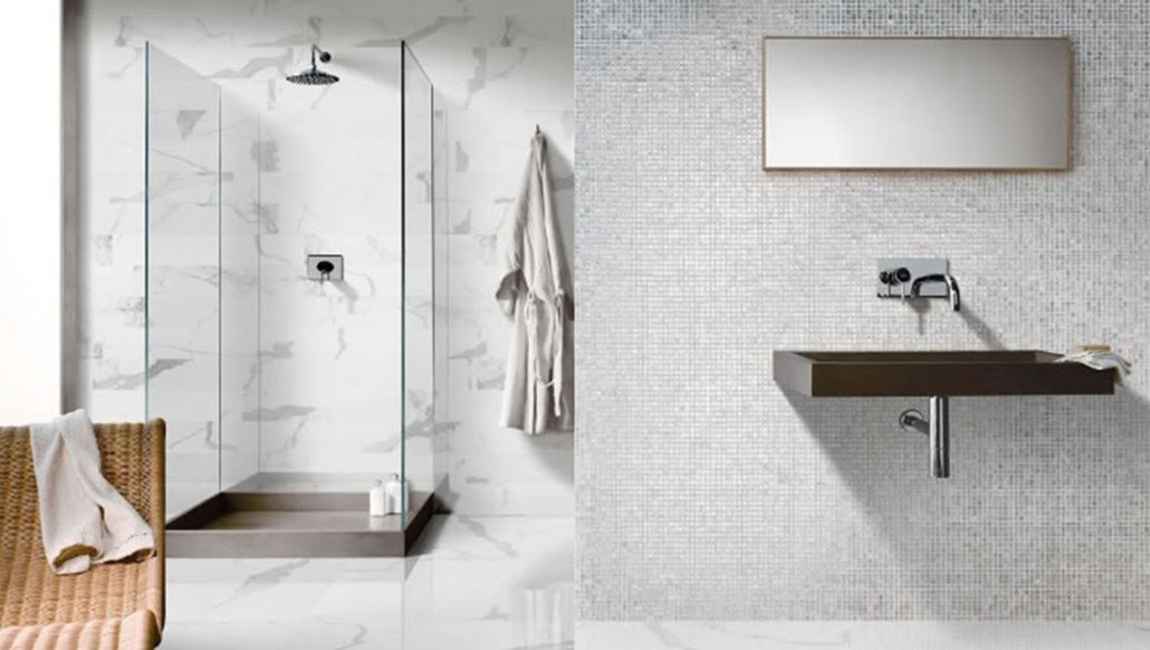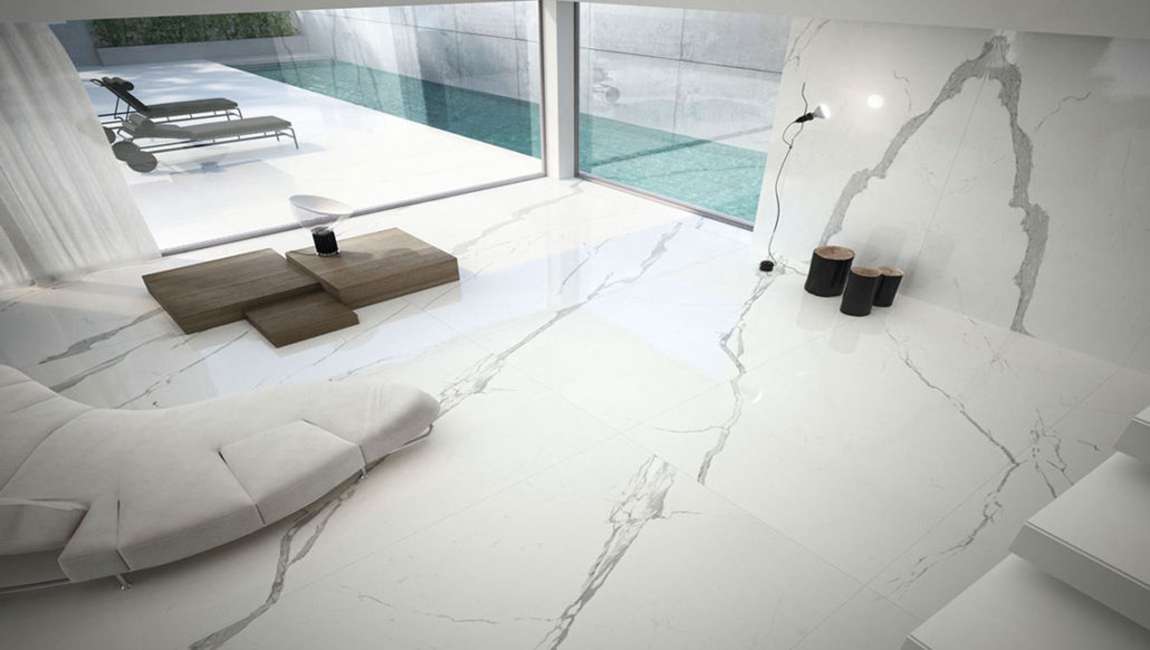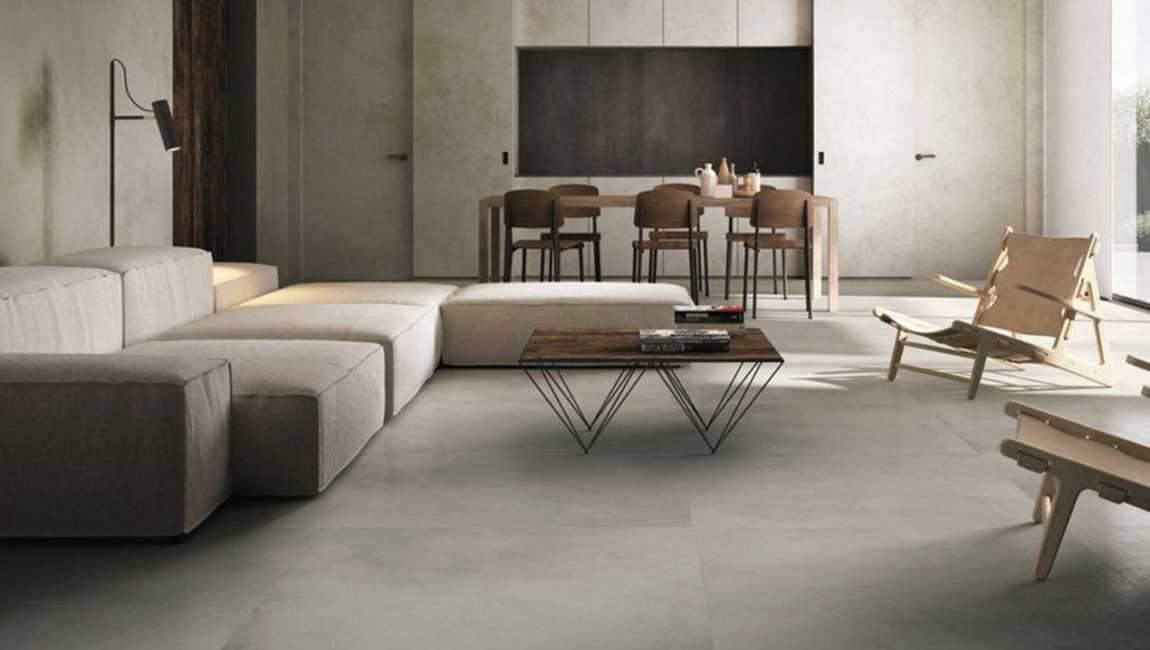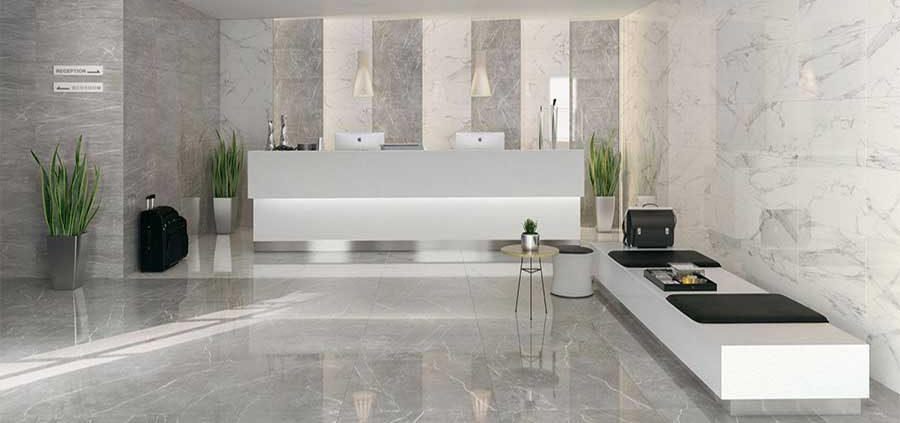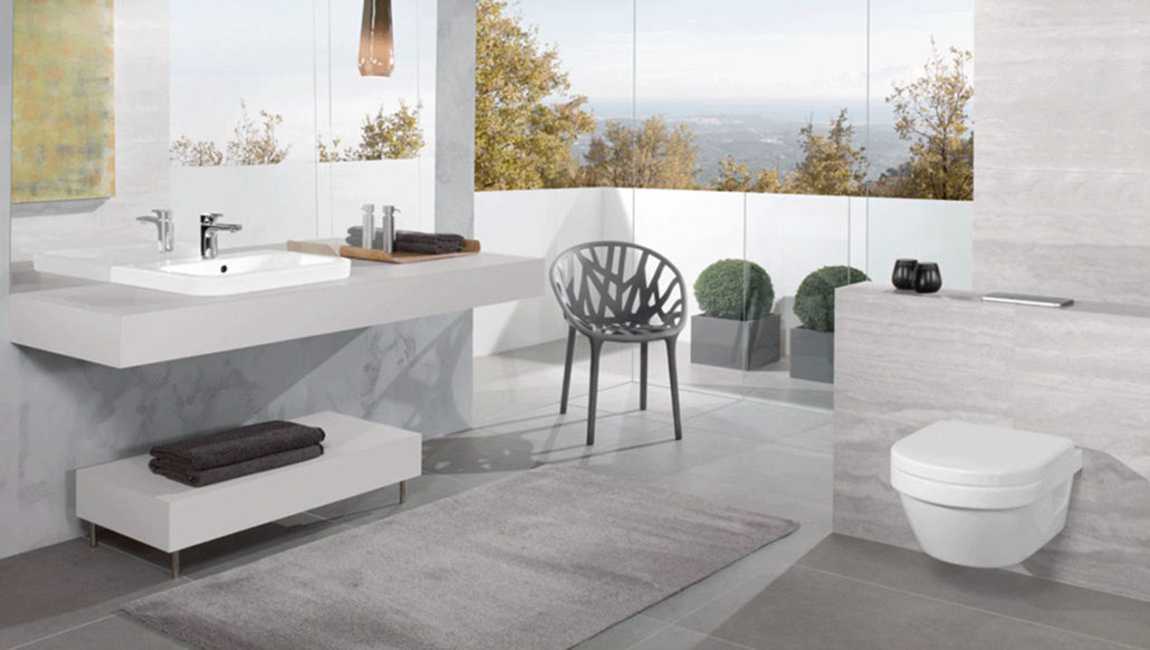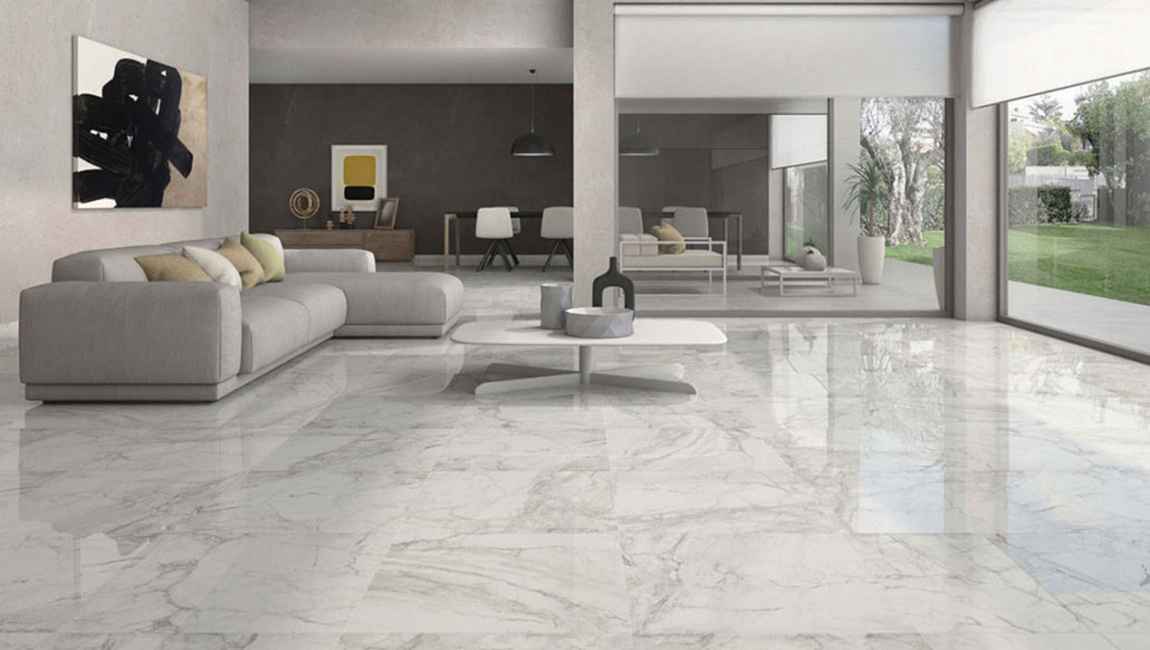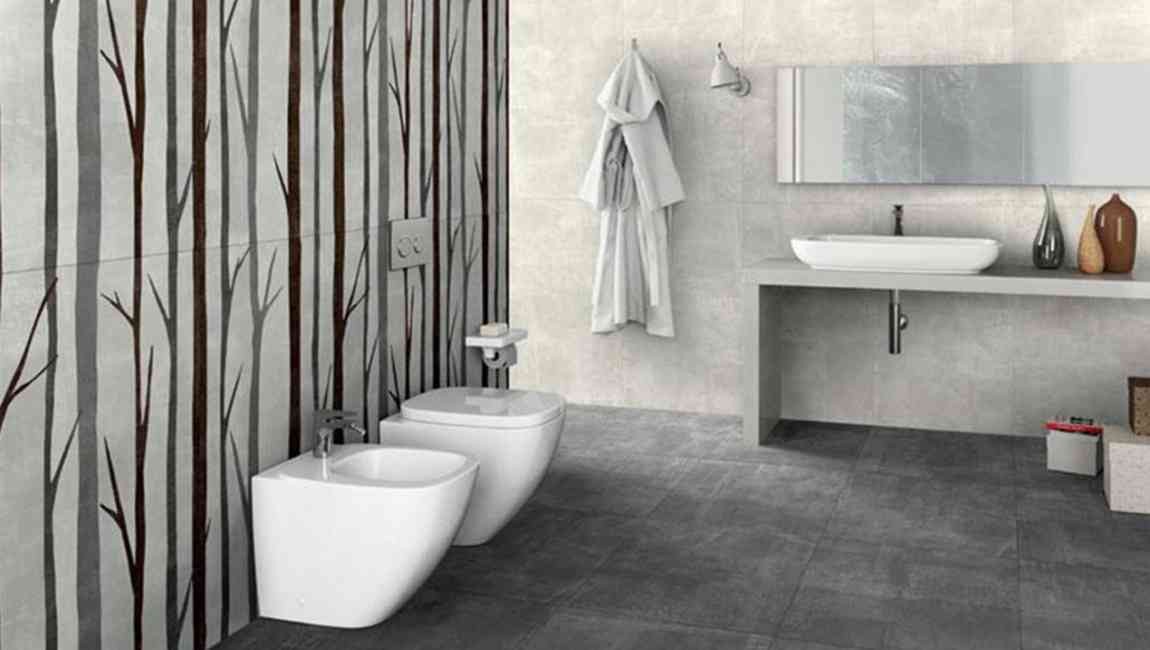How to Using a Tiling Tool for Straight Cut a Ceramic Tiles?
Measure and mark your wood tile with a square and a pencil. A square is a ruler shaped like a right angle. Align one edge of the square with one edge of your small tile. Use a pencil and the other edge to draw your guideline. This method is great if you have a lot of tiles to cut. It’s also suitable if you need to cut a lot of surface area, such as corner-to-corner cuts (as opposed edge-to-edge).
Set the tile into a tile cutter. Set the square aside and set the tile into the tile cutter. Push the marble tile right up against the fence, and make sure there is no debris preventing the tile design from touching the fence. Make sure that the line that you drew is right under the scoring wheel.
Use the tile cutter to score the tile. Use smooth, even pressure. Gently press down on the handle of the cutter, then slide the wheel part across the wall tile. Hearing a scratching noise is nothing to worry about, it just means everything is going as planned and the tile is being cut.
Use the tile cutter to snap the tile in half. Move the handle away from the edge of the floor tile so that the breaking feet land on top of the tile. Gently press down on the handle again to lower the breaking feet and snap the tiles.
Use a jig and a strip of wood if you need to snap off a thin strip. Set up a jig that’s composed of 2 1-by-4s. Separate the 1-by-4s with a strip of wood that’s the same thickness as your tile. Make sure that the scored line is level with the edge of your jig set-up. Press down on the tile to create a clean break.
Smooth the cut edges with a brick if needed. Rub the cut edge of the bathroom tile back and forth across a brick until the roughness is gone. If you don’t have a brick handy, concrete will also work.



